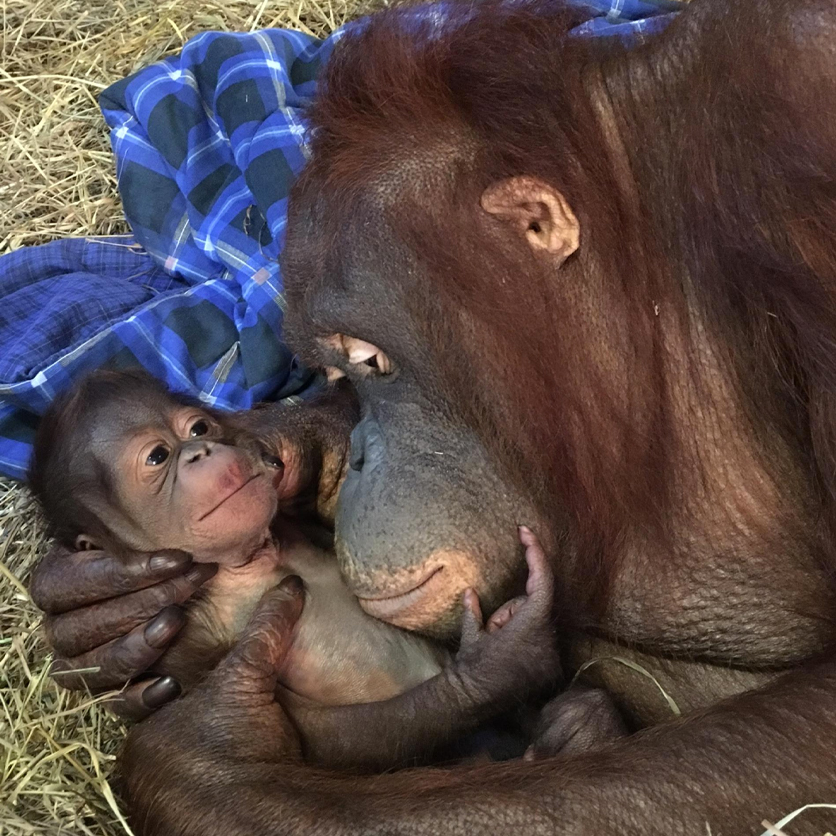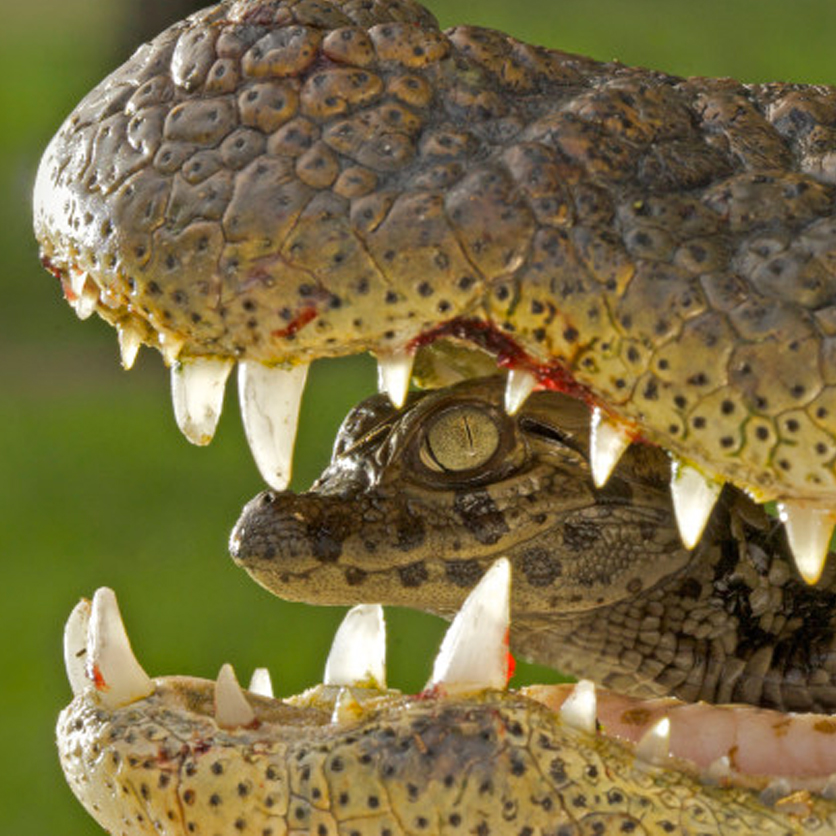About Mothers

1. Brood patches.
In many birds, a bald patch on the breast or tummy develops on the mother while she is incubating her eggs. It occurs naturally in most birds, but ducks and geese will pluck the feathers out of themselves to line their nests. The brood patch us heavily supplied with blood to transfer heat to the eggs. In some birds where the father also sits on the nest, he develops a brood patch too.

2. Brood pouches.
The horned marsupial frog female has a brood pouch on her back. She lays her eggs and the father fertilizes them, then uses his toes to lift the eggs into the brood pouch. Inside, the eggs get oxygen from the mother and go through the tadpole stage before hatching. The eggs hatch inside the mother as frogs and exit the brood pouch.

3. Anti-mothering.
Hamster moms will often eat their first offspring. They’ll chow down if they feel threatened by their babies, if their babies are abnormal, or if they need extra nutrition. The African black eagle will lay two eggs but only bring up one child; the mother chooses her favourite when they hatch and babies it, ignoring the other or even pecking it to death.

4. Dedicated mothers.
Orangutans are some of nature’s most dedicated mothers, having just one child at a time and going seven to nine years between giving birth. A typical orangutan will carry and nurse her infant for four years and keep the child in her nest for seven or eight years.

5. She feeds them what?
Koalas have babies singly (or occasionally, twins). A koala joey is embryonic when it is born; it cannot live separate from its mother, so it climbs into her pouch and attaches itself to one of two nipples. At six months, Mama starts preparing Joey to eat on its own by feeding it “fecal pap”. This is her poop, though it is made especially for feeding her baby. It contains the bacteria the child will need to digest eucalyptus leaves. By the way, once the child leaves the mother, she severs all contact and moves on to prepping for a new baby.

6. Protective spider.
The wolf spider is uncommon in her class of animal for carrying her egg sac around with her, attached to her spinnerets. It’s awkward because the sac is almost as big as her body and must be carried above the ground, but she manages to hunt for prey anyhow. When the eggs in the sac hatch, the tiny spiders climb onto her back and she carries them around for several weeks as they grow.

7. Two years pregnant.
Elephants have the longest gestation period of any animal at 24 months. The mother is very protective of her baby for a few days, but after that lets the herd in to caress the baby with their trunks. From then on, the herd (with the mother) protects the baby, keeping it inside their grouping when danger is near.

8. Temperature control.
Alligators lay their eggs in decomposing vegetation matter to keep them warm. That doesn’t mean they forget about them, though; when they hatch, mom will get them into the water by carrying them in her mouth. Also? The sex of the alligators depends on the temperature the eggs were kept at. At 88 degrees Fahrenheit or lower, they will be girls and at 91 degrees or higher, they will be boys. For a surprise, you need to keep them at 90 or 91 degrees.

9. Human mothers.
The youngest girl ever to give birth was Lina Medina of Peru, who became pregnant before her fifth birthday and gave birth when she was just under five years and eight months old in 1938. The oldest mother to conceive without medical intervention was Xinju Tian at age 65 in 2019. The mother having given birth to the most children was Mrs. Feodor Vassilyev, who gave birth to 69 children in 27 births, 67 of whom lived through infancy; her last was born in 1765.

10. Cheating mothers.
More women sign up for membership on cheating websites like Ashley Madison the day after Mother’s Day than any other day. The message in this? Better get flowers for the mother of your children, gentlemen!
-Shauna Dobbie Copyright©
Pegasus Publications Inc.
You can download a printable copy, just click here.




